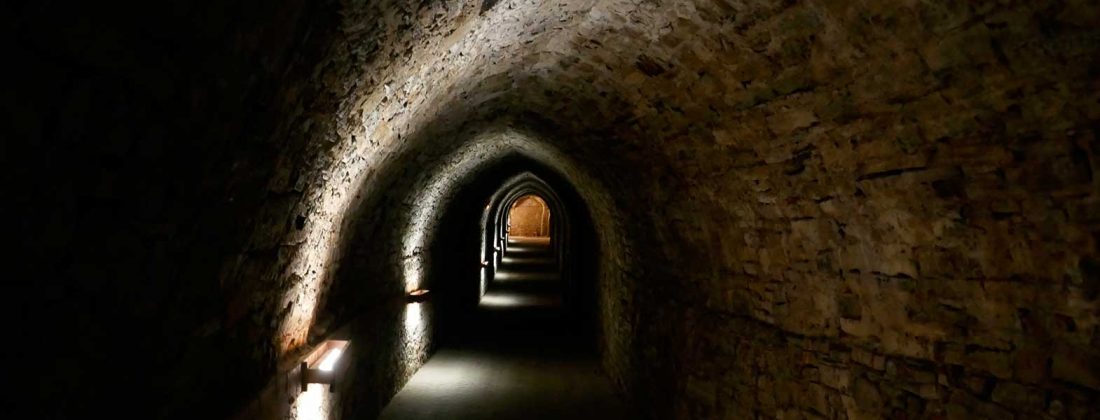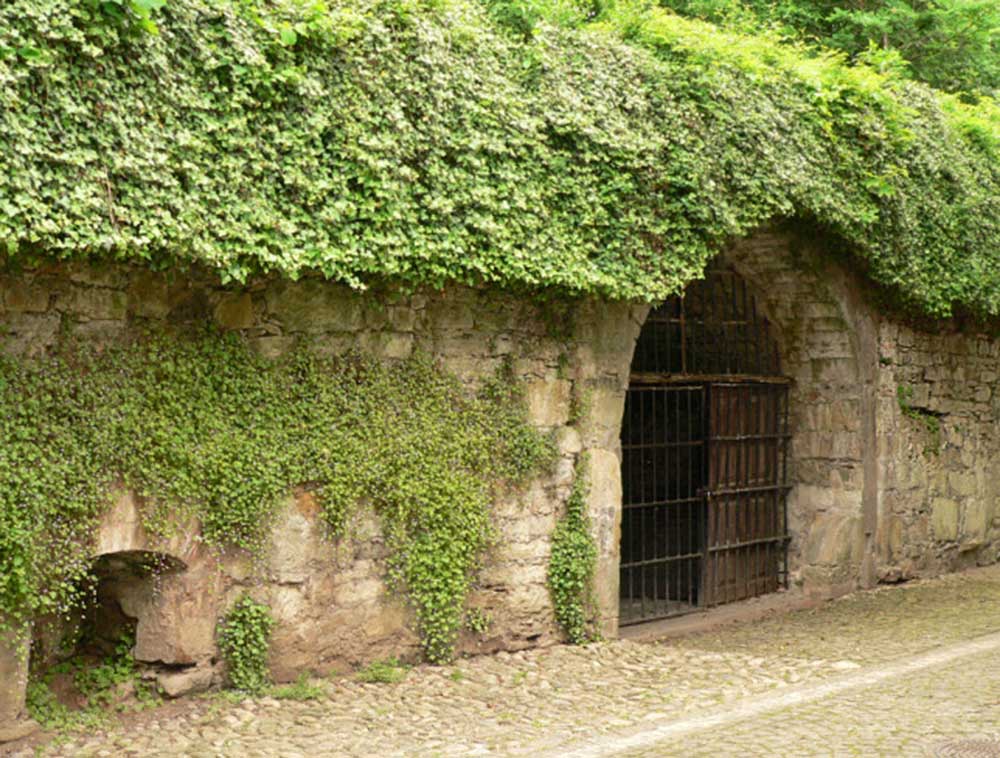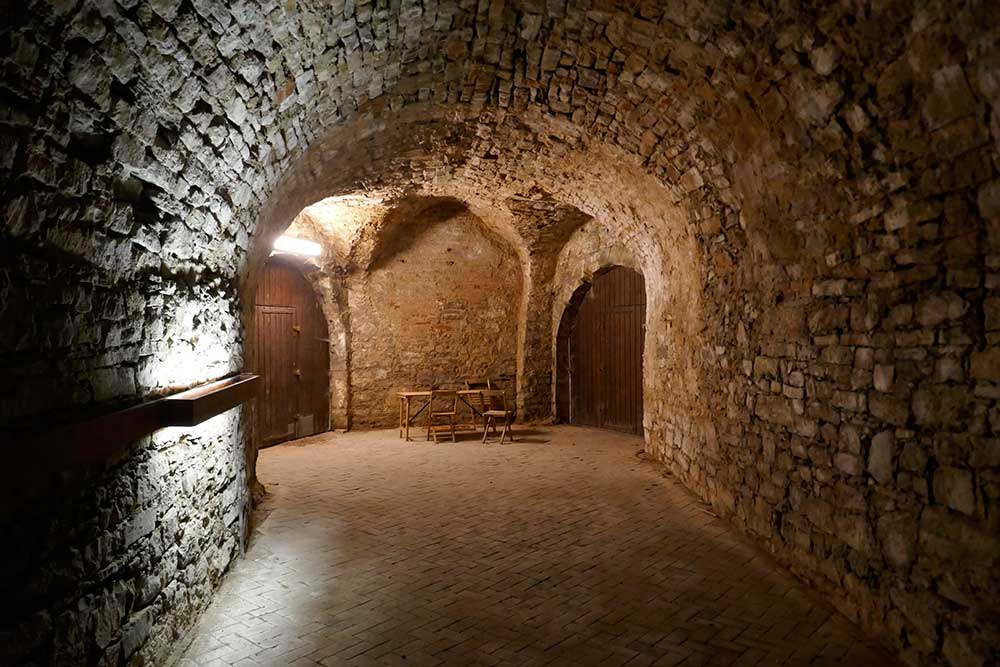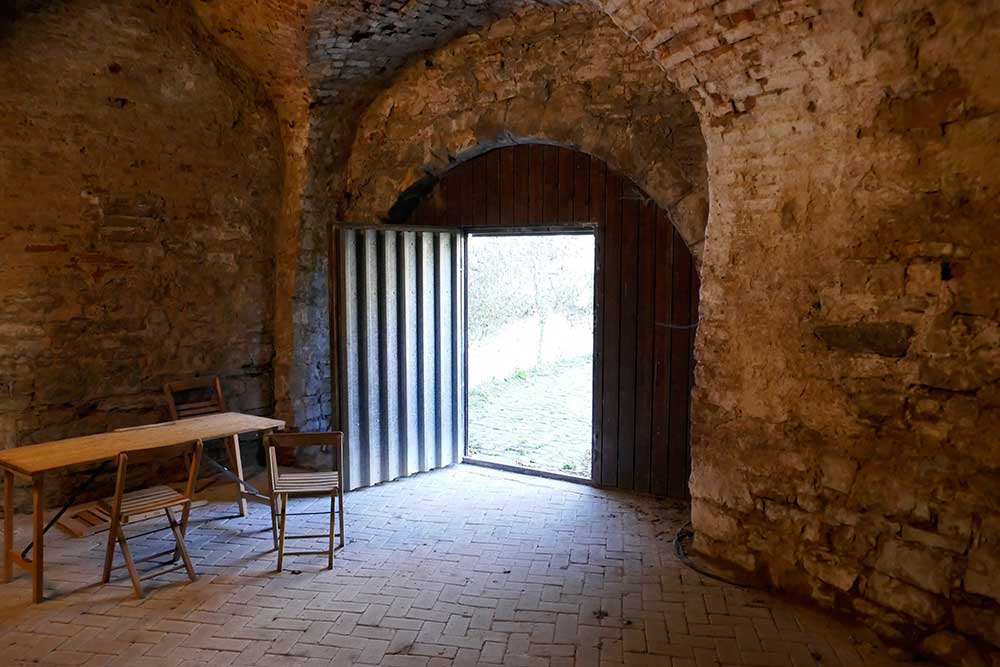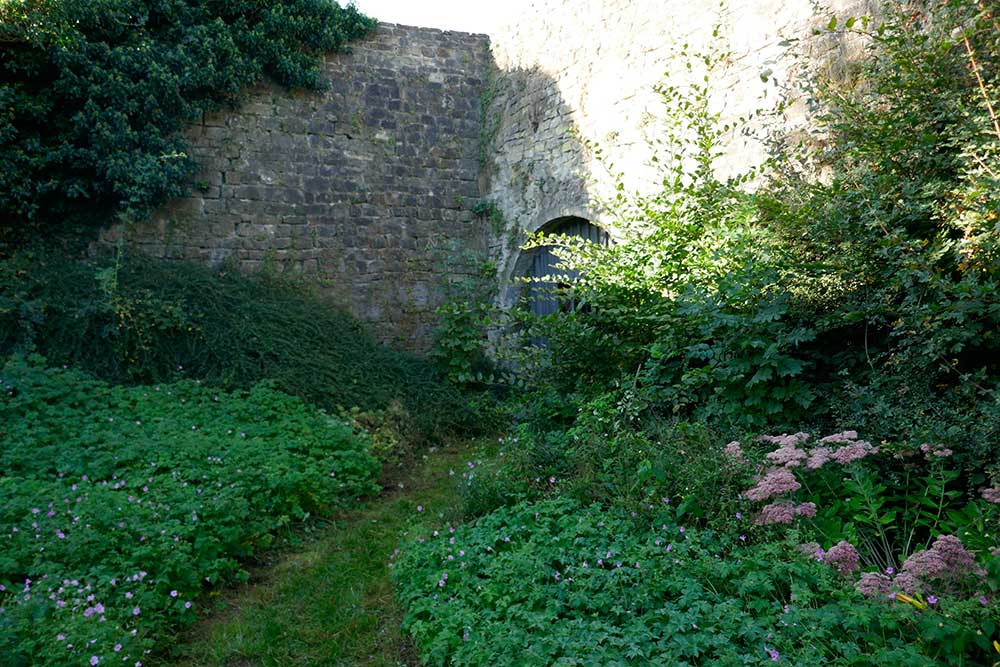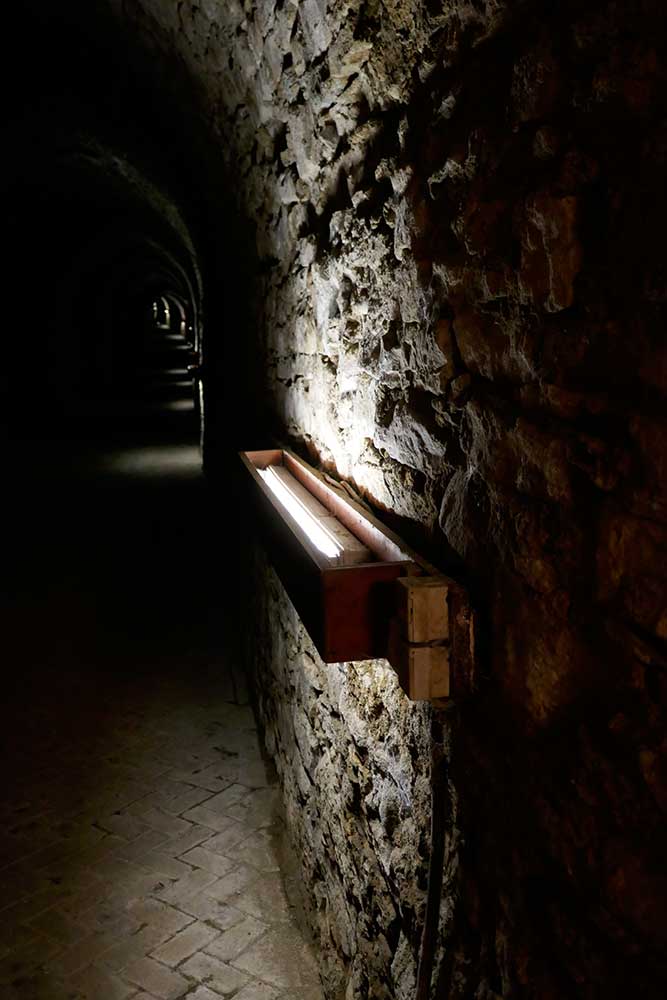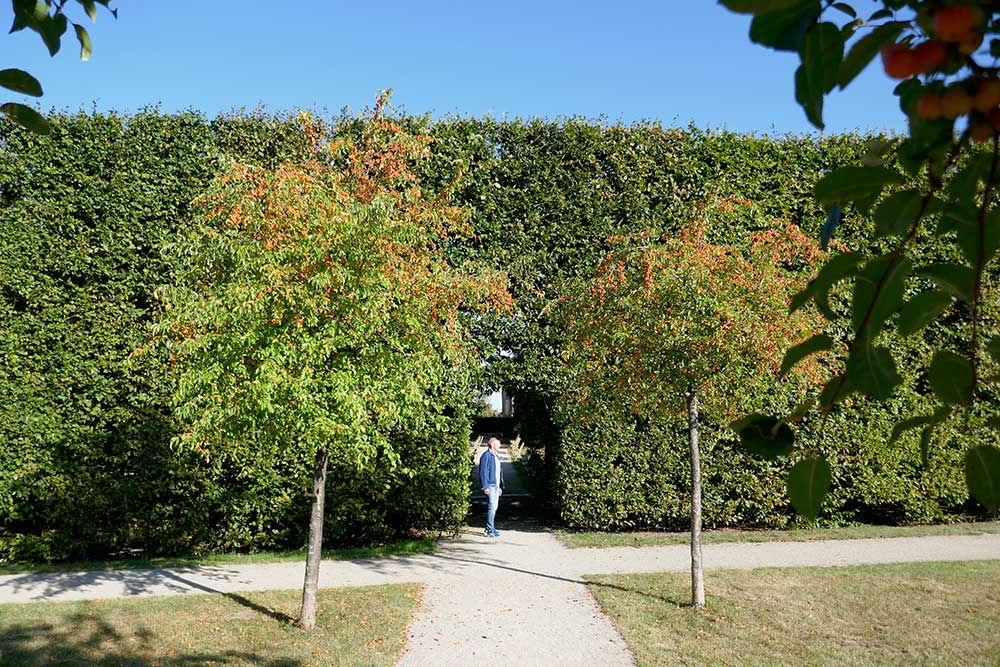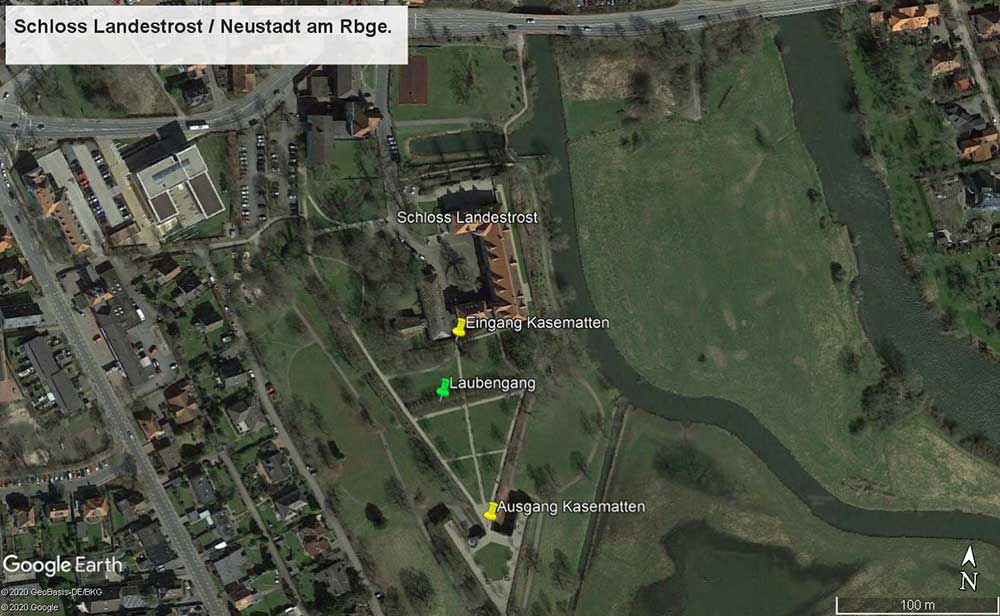When Duke William IV of Brunswick –Wolfenbüttel abdicated as duke in 1495, Eric I chose the principality of Calenberg-Göttingen as part of a division of the estate. In 1501 Eric I appointed Neustadt as his second residence and as the Calenberg capital of the new principality of Calenberg. The old castle burned down in 1563. With the support of Italian and Dutch experts, new construction in the Renaissance style began in 1573 under Duke Eric II (born 1528). The main construction year of the originally three-winged complex, which was estimated at 84,000 thalers, is also considered to be 1574.
At the same time as the castle and the entire town of Neustadt were converted into a defensive complex and fortress. Today, the walls around the Amtsgarten, the casemates below it and the remains of the “Erichsberg” bastion north of the historic old town bear witness to this. After all, the ogival casemates are almost 3.5 m wide and 4 m high, so they are also suitable for moving troops within the fortress, even on horseback.
One place that is directly connected to the casemates is the Amtsgarten, which is situated above the casemates. There is an approximately 70m long arcade of hornbeams. It is about 3.5 m wide and 8 m high and runs perpendicular to the underground passage. Both the dimensions and the geometry of the pergola form a green analogy to the casemates below.
It would be possible for a sound art installation to have this analogy as its theme.

